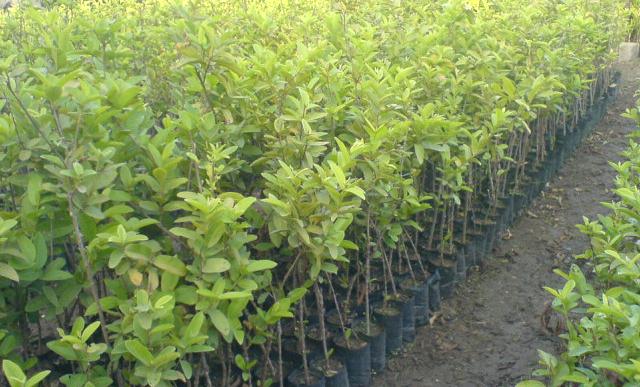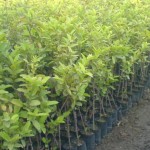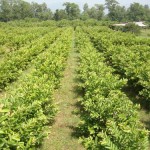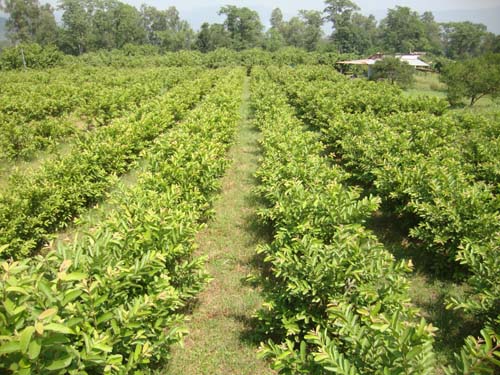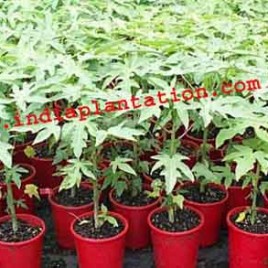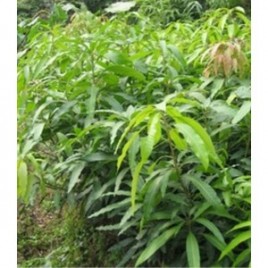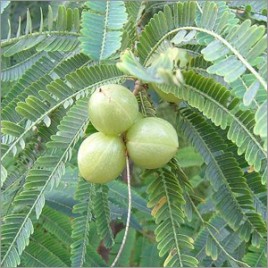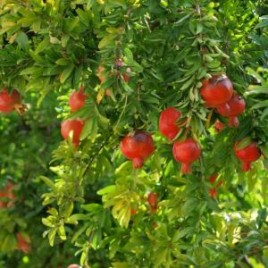Description
We are providing guava plant L-49, for more help call: +91-9453278562, 9651263333
Guava is known as the apple of the tropics. It is one of the most common fruits in India. It is grown all over the tropics and subtropics. In India it is grown in 0.148 M ha area with a total production of 1.631 M mt and average productivity of 11 mt/ha. Guava is a rich source of ascorbic acid and protein. The ascorbic acid content of guava varies from 75 to 260 mg/100g depending on cultivar, season, location and stage of maturity. The fruits harvested during winter season are superior in quality in comparison to rainy season fruits. It contains considerable amount of Ca, P and Fe. However, 80 per cent of the iron remains in seed and is not utilizable. Guava fruits are good source of pectin, which ranges from 0.5 to 1.8 percent.
Plant Protection:
The particulars of major pests and diseases of guava and their control measures are described below.
Guava Fruit Fly: During monsoon season, the adult lays eggs on the surface of the fruits. On hatching the maggots enter into the fruits and cause fruit drop. Plucking and burning of all affected fruits are generally recommended. The soil around the tree should be raked during summer months and spray of Malathion 0.05% solution should be applied as control measures.
Mealy Bug: Mealy bugs suck sap from young leaves, twigs and flowers. The affected plants dry up and the yield is considerably reduced. In order to control mealy bug the tree should be banded with polyethylene so that the nymphs are prevented from climbing up from the soil surface and spray of 0.1% Met-acid is recommended as a control measure.
Guava Wilt: Guava wilt is caused by fungi. The affected plants show yellowing of leaves followed by drying of leaves and twigs from the tip and finally wilting of the whole tree. As control measures:
a) 15 g of Bavistine should be applied at the basin of each plant after pruning in the month of March, June and September,
b) the balance nutrients specially nitrogen should be applied and
c) resistant varieties should be grown.

